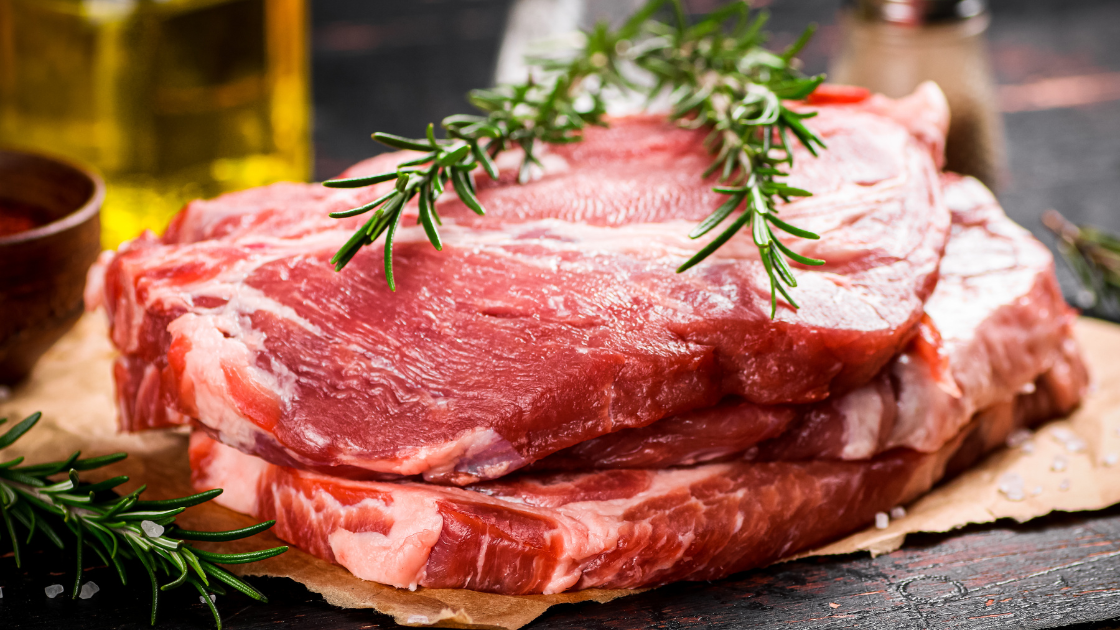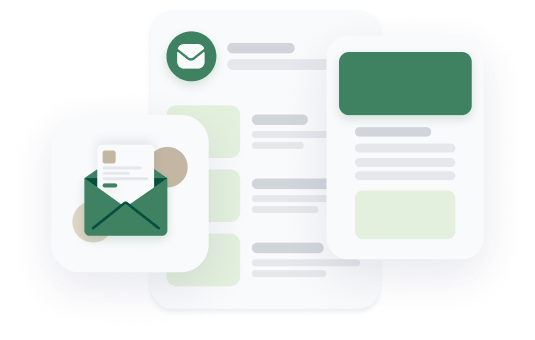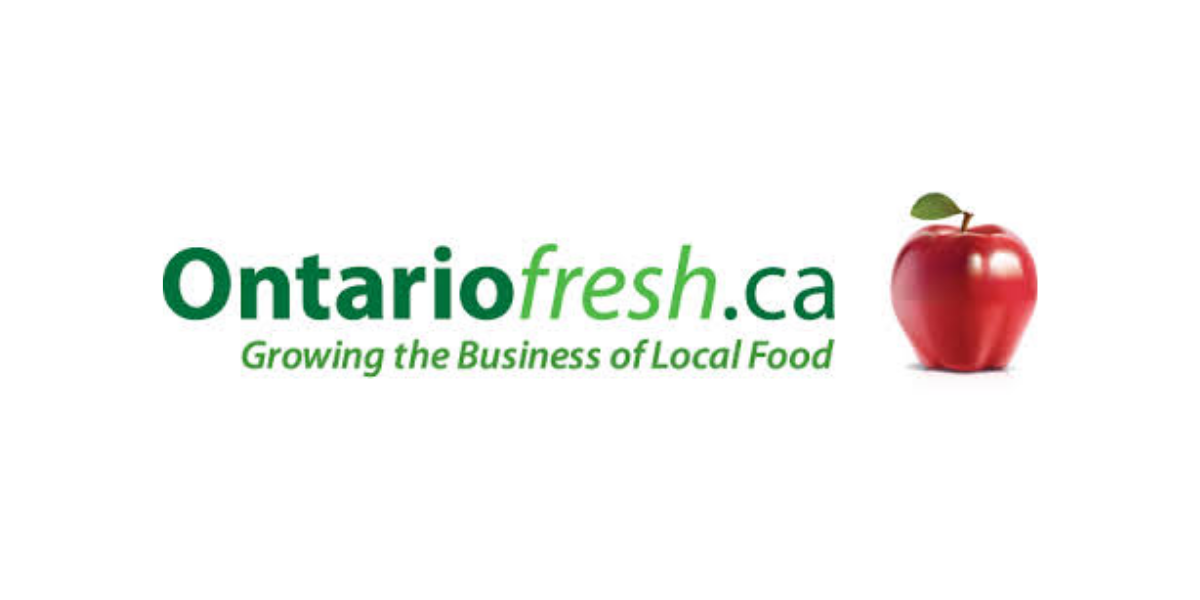How This Microgreens Farmer Took Control of Their Sales
Leveraging Data as a Farmer We all know data plays a large role in success. Starting their...

Finding the best way for you to sell your meat isn't easy. There are lots of different options, each with their own pros & cons.
First, let’s go through some definitions – what is a meat CSA? What’s the difference between a meat subscription and a CSA? What’s a buy-down CSA?
Honestly – they all kind of mean the same thing, and it really depends on what you produce, who your customers are, and what you want your day-to-day to look like.
The first decision to make is: Do I want to offer my customers flexibility or not? By flexibility, we mean:
If you decide flexibility is the name of the game – consider a buy-down CSA model. This is where customers pay upfront at the beginning of the subscription period and each week, they can customize their box/order based on what they want that week. Over a defined period, their share credit gets deducted to $0, at which point they can re-buy and start again!
Some pros of the buy-down CSA model:
How would you put this into practice? You need a feature called Store Credit! Here’s how it would work:
Alternatively, sometimes customers might be hesitant to pay a lump sum at the beginning of the season. But – you can still offer them flexibility. This is where a subscription model might be better fitting.
Some pros of the subscription model:
How would you put this into practice? You'll need our subscriptions feature. Here’s how it would work:
These are just two ways you could offer a meat CSA or subscription model to your customers. When we asked farms how they ran their meat subscriptions, here were some ideas they provided:
The moral of the story is this: find the right model that works for you. Ultimately, it may require some experimentation!
Need help talking through business models or want to see what Local Line can do for you? Book a demo with our Farm Outreach team.
Nina Galle is the co-author of Ready Farmer One. She continues to arm farmers with the tools, knowledge, and community they need to sell online at Local Line.

Stay in the loop by subscribing to our newsletter and receive weekly insights that you won't want to miss.

Leveraging Data as a Farmer We all know data plays a large role in success. Starting their...
 Nina Galle
Nina Galle

Thelocal food movementhas thrived in recent years, bolstered by consumers’ growing concerns over...
 Matt Magdales
Matt Magdales

November 29, 2018 Greenbelt Fund launches new and improved Ontariofresh.ca with technology partner...
 Nina Galle
Nina Galle